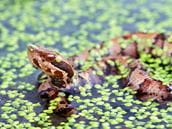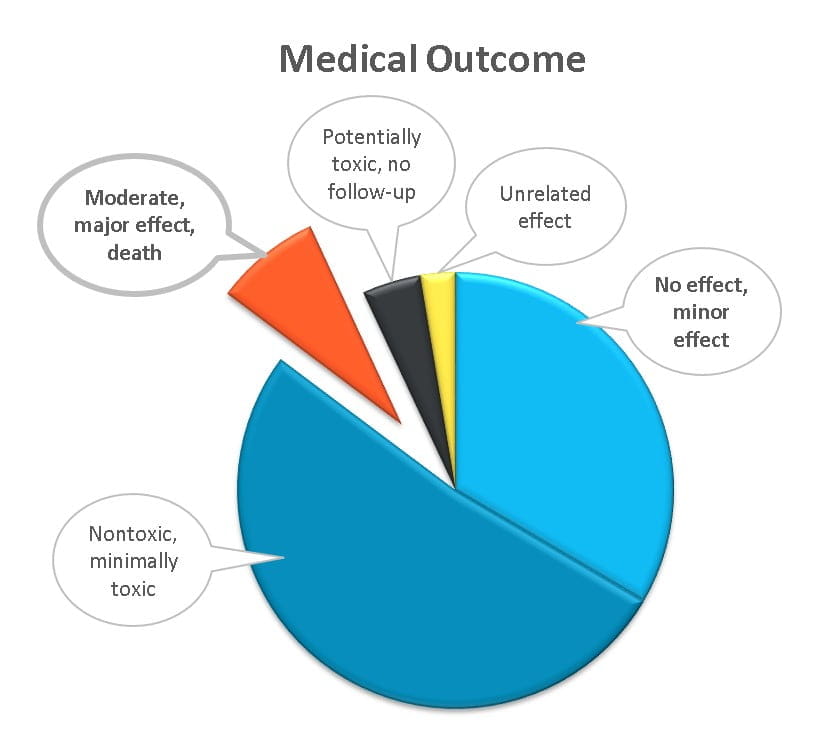
Gasoline and Diesel Fuel Toxicity
Gasoline and diesel are petroleum hydrocarbons. Inhaling their fumes can cause lung irritation and neurological toxicity. Chronic abuse can be dangerous. Swallowing gasoline/diesel can irritate the digestive tract and result in aspiration into the lungs, resulting in chemical pneumonitis. Skin exposure can cause irritation and redness, while prolonged exposure results in chemical burns.













